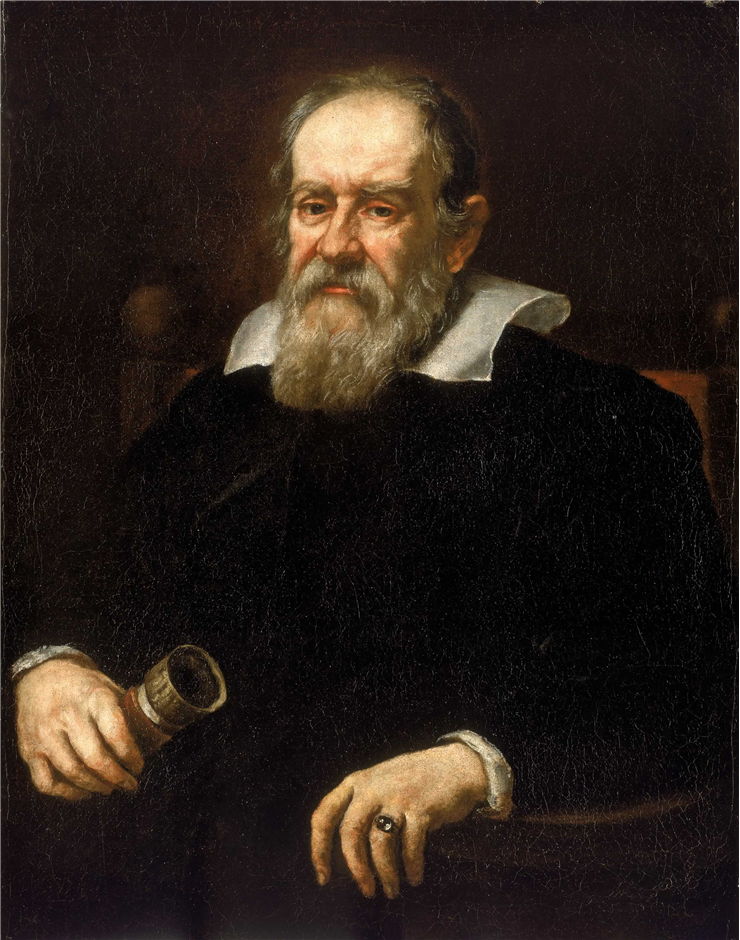Galileo Galilei Telescope Design
The history of telescope would not be the same if there was no Galileo Galilei (born on 15 February 1564, died on 8 January 1642 at the age of 77), one of the most famous and influential Italian scientists from the age Renaissance. His involvement in telescopes, lenses and astronomy provided invaluable advancement of modern science, giving countless of other inventors, scientists, mathematicians and physicist new goals to reach and new possibilities of exploring their averment. He advanced engineering, built thermometer, calculated movement of celestial bodies, discovered phases of Venus, 4 moons of Jupiter, recorded topology of the moon, and many other achievements that helped his fellow scientists to immediately put those findings in effect. Just few decades after Galileo’s death, Isaac Newton published his Laws of Motion and Universal Law of Gravitation, which heavily leaned on the findings of Galileo Galilei and Johannes Kepler.
The first telescope Galileo Galilei ever built was made in 1609, just one year after Dutch spectacle-maker Hans Lippershey tried to patent his simple telescope design. As the word of his invention spread across the Europe, several prominent scientists managed very quickly to repeat that feat. Galileo’s first copy achieved modest results, same as original piece, with just 3x magnification. However, next year he managed to significantly improve his design and go up to about 30x magnification. Packaged in a small and portable form, he was able to use his telescope both for terrestrial uses (as a spyglass) and as an astronomical tool that was more than good enough to help him see the universe in much different state than anyone before him.
As soon as he showcased his telescope designs to the public, Galileo managed to spark excitement that also managed to bring him large profits (spyglasses were very popular for sea merchants), but he also created problems with the Church which refused to believe that Earth is not the center of the universe and that every celestial body is revolving around it. Eventually in 1633, Galileo Galilei was confined to the house arrest, in which he remained until his death in 1642.
After his death, Galileo was remembered not only for exploits he did during his life, but was also recognized as one of the key figures in entire history of human science.
